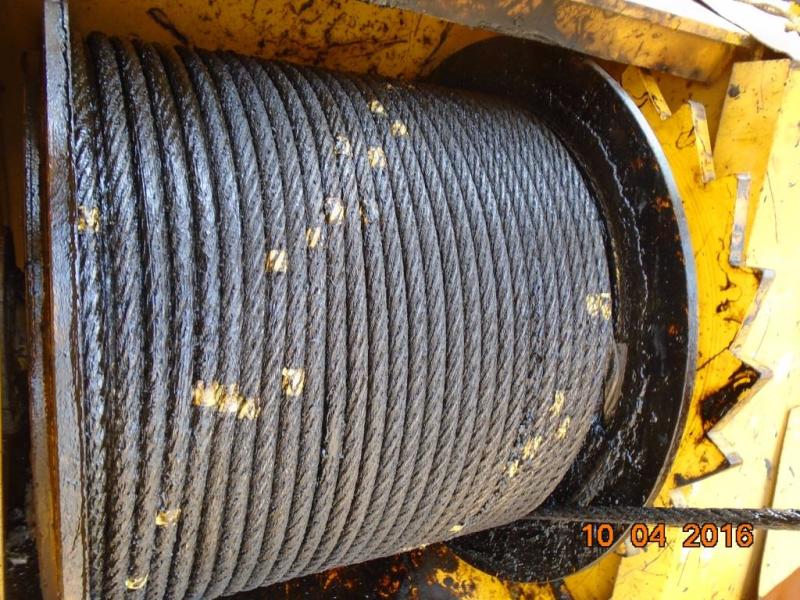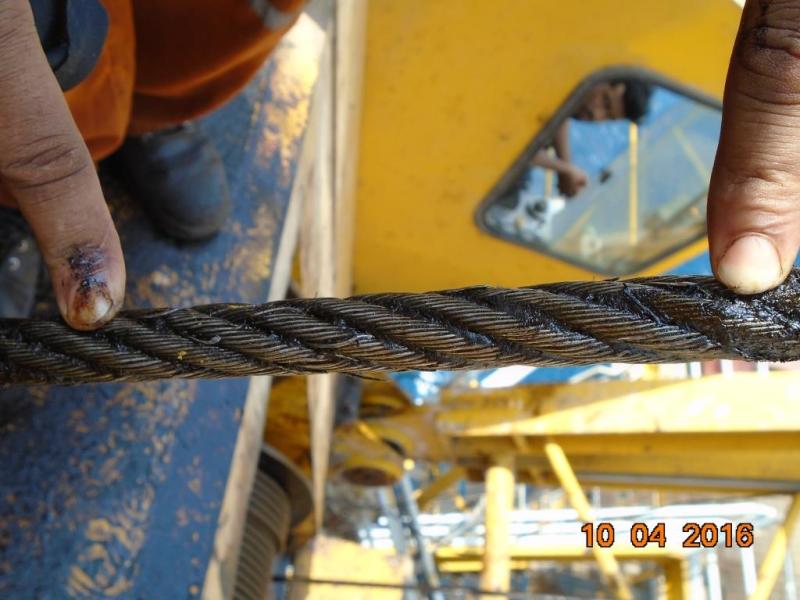frzing8585
Mechanical
- May 2, 2011
- 3
It is observed that the Wire Rope used for the Luffing Operations of our Crane is getting frequently damaged (2-3 Months - 100hrs of Working). There were no fouling observed at any point on the Crane and the Fleeting Angle is also within acceptable limits (0.7 Degrees as per the Supplier). We are using a 6x36 construction Right Hand Lay Wire Rope (Minimum Breaking Strenth 372KN) and is tightly wound on the drum.
Can any one provide any insights as to what might be causing this abrupt failure?
Can any one provide any insights as to what might be causing this abrupt failure?


